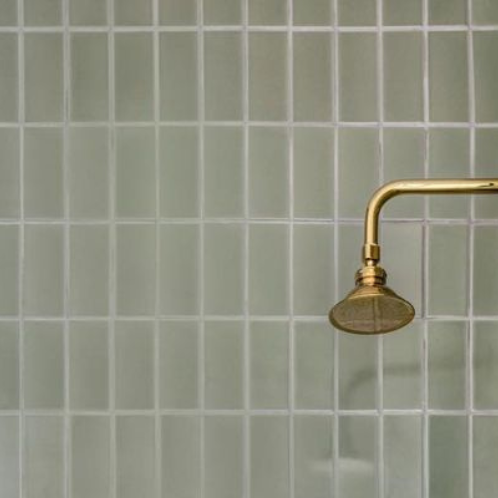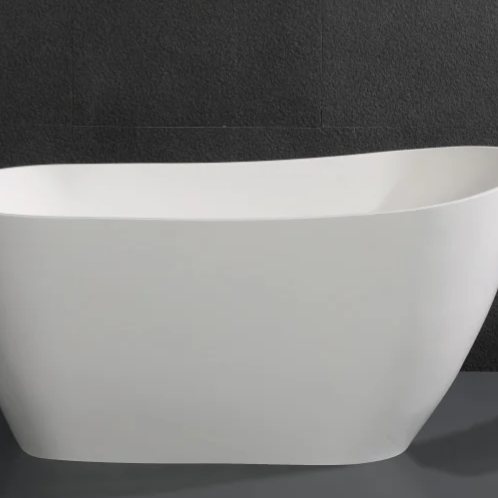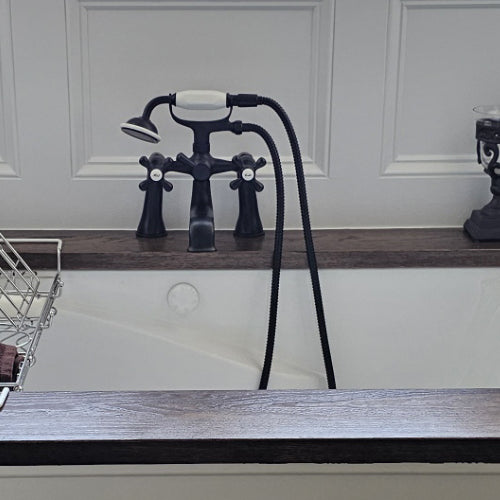
Get [PRO] Pricing
Get [PRO] Pricing




If you're renovating your kitchen or bathroom, consider incorporating oil-rubbed bronze fixtures for a touch of warmth and timeless elegance. This brownish-black finish, resembling aged bronze, is achieved through chemical treatments, resulting in a slightly slick surface that lends the finish its name.
Oil-rubbed bronze is commonly found in traditional decor styles like Tuscan farmhouse, vintage Victorian, and Craftsman designs from the turn of the century. It also complements Prairie and traditional Southwestern architecture. The deep hues and shiny surface of oil-rubbed bronze pair beautifully with lush gold, sage green, or terra cotta tones, as well as light-colored marble and rich woods. Additionally, it can serve as a striking contrast to cool neutrals and other metal finishes when you want to make a bold statement.
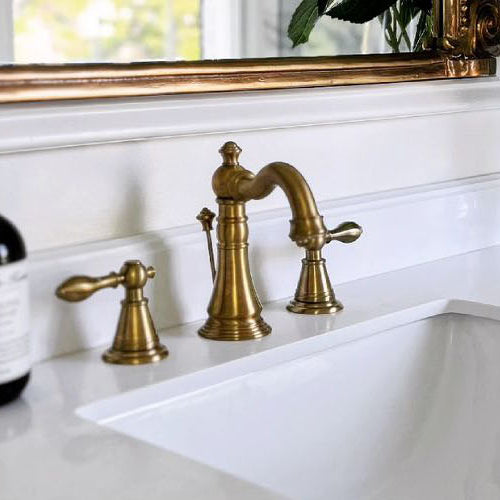
Creating a more accommodating and less stressful living environment for individuals with physical limitations and their caregivers can be achieved through a few modifications within the home. The implementation of the Americans with Disabilities Act (ADA) in 1990 emphasizes the importance of accessibility for all individuals. In line with this spirit, home versions of bathroom faucets and accessories that meet the same requirements and accommodations as those found in public buildings are now readily available for those with physical limitations.
When considering modifications or additions for individuals with disabilities, a simple yet impactful starting point is ensuring accessibility to water sources in the kitchen and bathroom. ADA-compliant water faucets designed for residential use are strategically positioned for easier reach, and their lever handles require less force to operate compared to standard faucets.
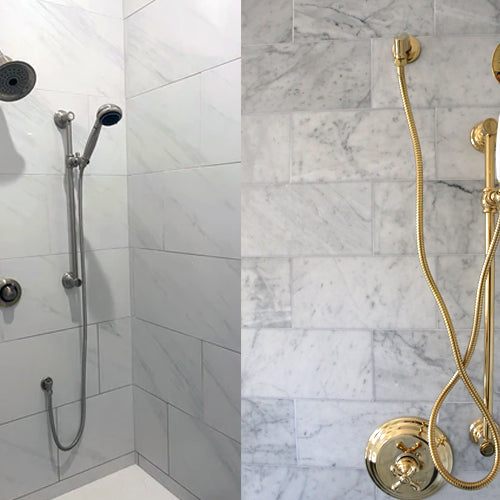
While diverter valves and shower valves look similar to one another, they provide very different functions and are not interchangeable. The main difference between a diverter valve and a shower valve is that one turns the water on/off and controls the temperature while the other directs the flow of water between fixtures. Let’s dive into the specific functions of each one.
